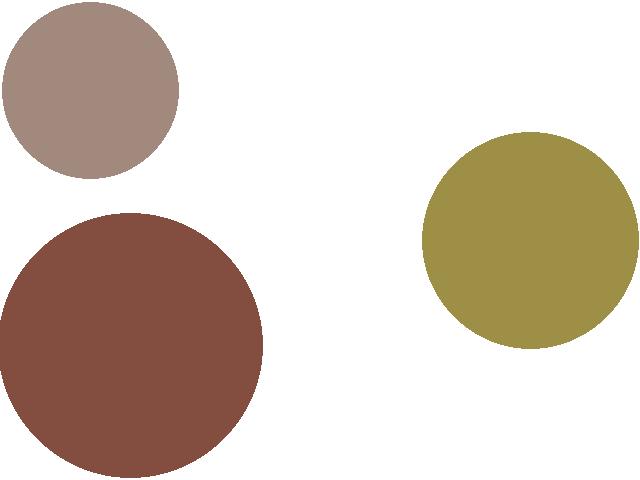An Algorithm for Nudity Detection promises an algorithm to determine whether images contain nudity or not. This is a PHP implementation of it.
Ap-Apid's paper doesn't specify the algorithm as tightly as an implementor might wish.
An implementor could decide to use 4-connectivity or 8-connectivity to determine the "connected regions" of skin-colored pixels. I used the Two Pass algorithm from Wikipedia, and 4-connectivity..
Ap-Apid's algorithm depends on the "three largest regions" of connected skin-colored pixels. Does "largest" just mean greatest pixel count, or do you account for blocks of non-skin-colored pixels inside a region? How do you decide on 3 largest if you have equal sizes (by whatever measure) of more than one region?
The algorithm has you finding "the leftmost, the uppermost, the rightmost, and the lowermost skin pixels of the three largest skin regions. Use these points as the corner points of a bounding polygon."
Which "leftmost"? If the leftmost pixels of a skin-colored region are along the left hand side of an image, many pixels are "leftmost". Do you pick top, bottom or middle leftmost? The same question applies to the other 3 "x most" pixels of each region.
The paper doesn't define "bounding polygon", I took it to be the convex hull that surrounds the twelve points (topmost, leftmost, lowermost and rightmost) of the 3 biggest skin-colored regions. But maybe Ap-Apid means something else, an irregular, possibly concave polygon perhaps.
#!/usr/bin/env php
<?php
include("NudeDetector.php");
$detector = new NudeDetector(null, 'YCbCr'); # 'HSV' for alternate skin-color-detection
foreach ($argv as $idx => $filename) {
if ($idx == 0) continue;
$detector->set_file_name($filename);
if ($detector->is_nude()) {
// Deal with $filename as ritually unclean.
} else {
// $filename probably doesn't contain nudity
}
}
Notice that you can use the methods set_file_name() followed by is_nude()
without creating a new instance of NudeDetector.
The example program illustrate features of Class NudeDetectorPhp
that are beyond a simple example. They also allow you to check on
intermediate steps in the nudity determination.
Checker.php imagefile [imagefile ...]
Check each image file for nudity, using both HSV and YCbCr skin color models. Print out reasons for why an image doesn't qualify as "containing nudity".
skin_map.php imagefile prefix
Creates two GIF files, one each for HSV and YCbCr skin color models. The GIF
files are strictly black-and-white, every skin-colored pixel in the original
imae file colored black in the GIF files, all other pixels colored white in
the GIF files. The GIF files have the names prefixHSV.gif and prefixYCbCr.gif.
Flicking between the two images with, for example, feh image viewer, gives
you some idea of differences in how the two skin-color models in
NudeDetectorPHP decide on skin colored pixels.
region_colors.php imagefile outputfile
Creates a GIF-format output file with each connected region of skin-colored-pixels in the original image as a different color in the output image.
bounding_polygon.php imagefile outputfile
Creates a GIF-format output file that has the "bounding polygon" of Ap-Apid's algorithm clipping the skin-colored pixels.
fake_nude.php x y imagefile
Generates a JPEG-format imagefile x pixels wide and y pixels tall. This image
does not contain any nudity. In fact the "skin colors" it generates are usually not
even in the realm of biological, but Checker.php will consistently label the
image as containing nudity. Ha ha!
Example Fake Nude
In my personal evaluation, not very well. It almost always identifies portraits and head shots as "nudity". It's confused by natural colors, sand, wood, rock or soil or even leaves. This is a flaw of skin color detection, but Ap-Apid does specify an HSV skin-color test.
Overall, I can't even characterize it as "too prudish" (lots of false positives), or "too lecherous" (lots of false negatives).
The most widely known implementation of Rigan Ap-Apid's algorithm is
nude.js. I didn't transliterate nude.js to
PHP, I implemented the algorithm in Ap-Apid's paper from scratch.
